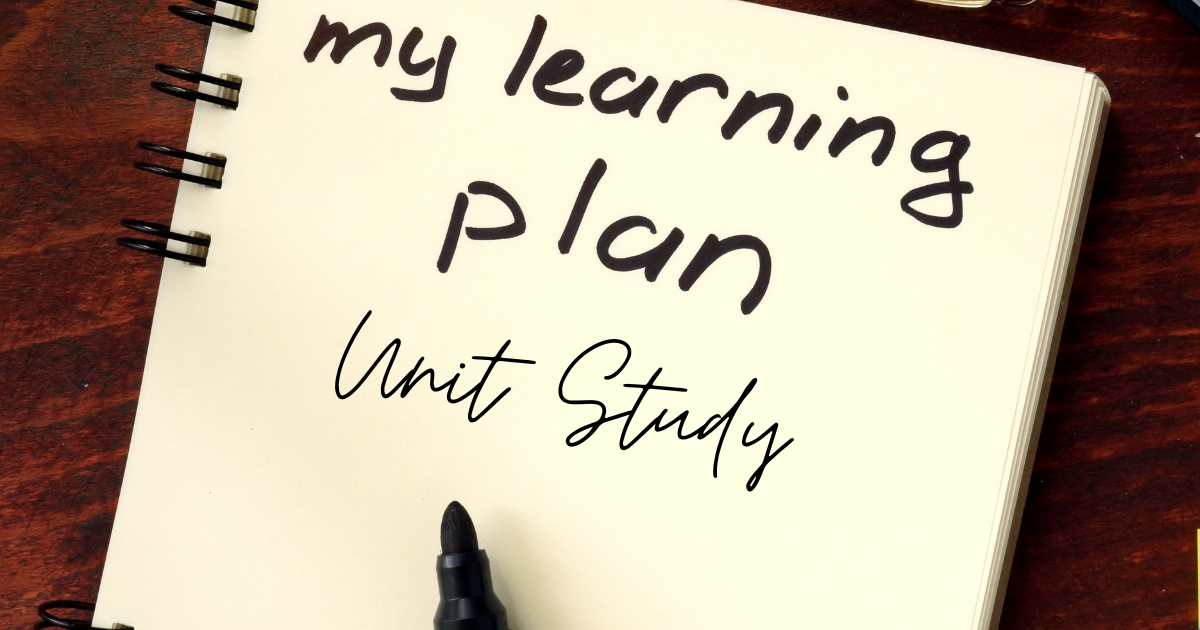Homeschooling offers a unique opportunity for parents to customize their children’s education, and the Montessori method is an educational philosophy that aligns beautifully with this personalized approach. Developed by Dr. Maria Montessori, this method emphasizes independence, hands-on exploration, and nurturing a lifelong love for learning.
But is the Montessori method ideal for homeschooling? While many families thrive using this approach, it’s important to consider both its benefits and challenges. Here, we’ll guide you through what makes Montessori homeschooling so impactful, examine the potential hurdles, and share practical tips for creating a Montessori-inspired learning environment at home.
The Benefits of the Montessori Method for Homeschooling
One of the greatest appeals of the Montessori method is its adaptability, which makes it particularly effective in a homeschool setting. By focusing on your child’s unique learning pace and interests, you can create an environment that encourages curiosity and self-direction.
1. Fosters Independence and Lifelong Learning
Montessori homeschooling places a strong emphasis on independence. Children are encouraged to choose their own activities within a prepared environment, developing responsibility and self-motivation.
Example: For a science lesson, instead of presenting a lecture, you might provide tools for your child to conduct simple experiments, like learning about magnetism with everyday objects.
Tip: Start small by allowing your child to make choices, such as selecting books to read or picking from a variety of math activities. This builds confidence and ownership over their learning.
2. Customized Learning at Their Own Pace
Every child learns differently, and homeschooling already excels at catering to individual needs. Incorporating the Montessori philosophy means your child can focus deeply on what interests them while developing skills at a pace that feels natural.
Pro Idea: If your child loves numbers, you could introduce Montessori math materials like the golden beads for hands-on addition or subtraction. For a budding artist, stock supplies that allow them to explore geometry through drawing.
3. Encourages Collaborative Problem-Solving
While homeschooling might not have the built-in benefits of mixed-age Montessori classrooms, you can still foster collaboration within your family or a homeschooling community. Siblings or neighborhood homeschool co-ops can work together on group projects or experiments.
Actionable Insight: Create scenarios where your kids or group can solve a challenge together—like building a birdhouse or mapping the garden. These activities develop teamwork and communication.
4. Hands-On and Memorable Learning
Montessori materials make abstract ideas tangible and fun. Using sensory-based tools engages your child’s natural curiosity and helps concepts stick.
Example: Instead of reading about continents, use a puzzle map for geography lessons. Your child can trace the shapes, label them, and even learn about their cultures through relevant books or objects.
Fun Tip: Implement Montessori-style “works” during your homeschool day. These are self-contained activities your child can complete independently—for example, sorting seeds by size or building patterns with blocks.

The Challenges of Montessori Homeschooling
While the Montessori philosophy works beautifully in many homeschool settings, it’s not without its challenges. Here’s what you need to consider before jumping in.
1. The Cost of Materials
Montessori supplies, such as specialized learning tools, can be expensive. This can feel daunting for homeschooling families working within a budget.
Solution: Start small! You don’t need to invest in all the authentic Montessori materials at once. Many activities can be DIYed—for example, use colored beads for counting or create your own sandpaper letters for early literacy.
2. Balancing Freedom with Structure
While Montessori promotes autonomy, some children might struggle without enough direction, especially in the beginning.
Parent Perspective: Some children may thrive with independent work, while others need more guidance. It’s okay to adjust the balance until you find what works for your child and homeschool dynamic.
Tip: Begin with short, structured activities where you introduce materials and expectations. Over time, allow your child more freedom to explore independently.
3. Time-Intensive Preparation
Creating a Montessori homeschool environment requires thoughtful setup, from organizing materials to designing engaging lessons. If you’re new to homeschooling, this can feel overwhelming.
Pro Tip: Focus on one area of Montessori learning at a time, such as reading or practical life skills, before expanding to other subjects. Simplifying small parts of the day is better than trying to take on too much.
4. Lack of a Larger Social Component
Montessori classrooms thrive on peer interactions, with younger children learning from older ones and vice versa. This dynamic may not exist in a homeschool setting unless you host group learning activities.
Solution: Look for local homeschooling co-ops that align with Montessori principles. Community meetups or nature walks can provide the social aspect your child might need.
At-Home Idea: Invite your child’s siblings or friends to participate in lessons. Even light collaboration can mimic the benefits of a group setting.
How to Implement Montessori Principles in Your Homeschool
If you’re drawn to the Montessori method, incorporating its principles is easier than you might think. With a little preparation and flexibility, you can offer your child the benefits of this philosophy right at home.
Step 1. Prepare the Environment
Dedicate a space in your home where your child can access materials easily. Low shelves, labeled baskets, and child-sized furniture create an inviting and organized environment.
Step 2. Offer Choices
Plan several activities for the day, but give your child the freedom to choose what they want to focus on first. This flexibility empowers them to lead their learning.
Step 3. Focus on Hands-On Learning
Replace worksheets with interactive and tactile materials whenever possible. Practical life skills, like pouring water or folding laundry, can be just as educational as traditional subjects.
Example Activity: Teach science concepts by exploring in nature—collect leaves, identify birds, or count insects.
Step 4. Observe and Adjust
Pay attention to what piques your child’s interest and adjust lessons to follow their passions. For example, if they’re fascinated by space, introduce activities about planets, stars, and rockets.
Parent Tip: Don’t be afraid to deviate from a traditional curriculum. Montessori homeschooling is about meeting your child where they are and encouraging organic discovery.
Step 5. Stay Flexible
Remember, homeschooling is a continual learning process for both you and your child. The beauty of Montessori is that it celebrates growth and curiosity over rigid outcomes.
Is Montessori Homeschooling Right for Your Family?
The Montessori method offers a flexible and enriching framework for homeschool families who want to foster independence and a love for learning.
Ask yourself these important questions:
- Does your child thrive with creative, hands-on activities?
- Are you ready to prepare an engaging environment and balance guidance with independence?
- Do you feel comfortable adjusting the pace and process to suit your child’s individual needs?
If the answer is “yes,” incorporating Montessori principles could lead to a truly rewarding experience.
Next Steps:
- Start by observing Montessori activities online or through books to see how to integrate small changes into your homeschool.
- Join a Montessori-minded homeschool group for support, ideas, and encouragement.
- Finally, take it one step at a time—whether it’s organizing your space, introducing hands-on materials, or transitioning into child-led lessons, start where you’re comfortable.
By incorporating Montessori into your homeschool, you’re not just teaching lessons—you’re nurturing creativity, independence, and lifelong curiosity. Whether you go “all in” or simply adopt elements of the approach, the Montessori method can transform your homeschool into a space of discovery and growth.
Take the first step today—your homeschool adventure is just beginning!





